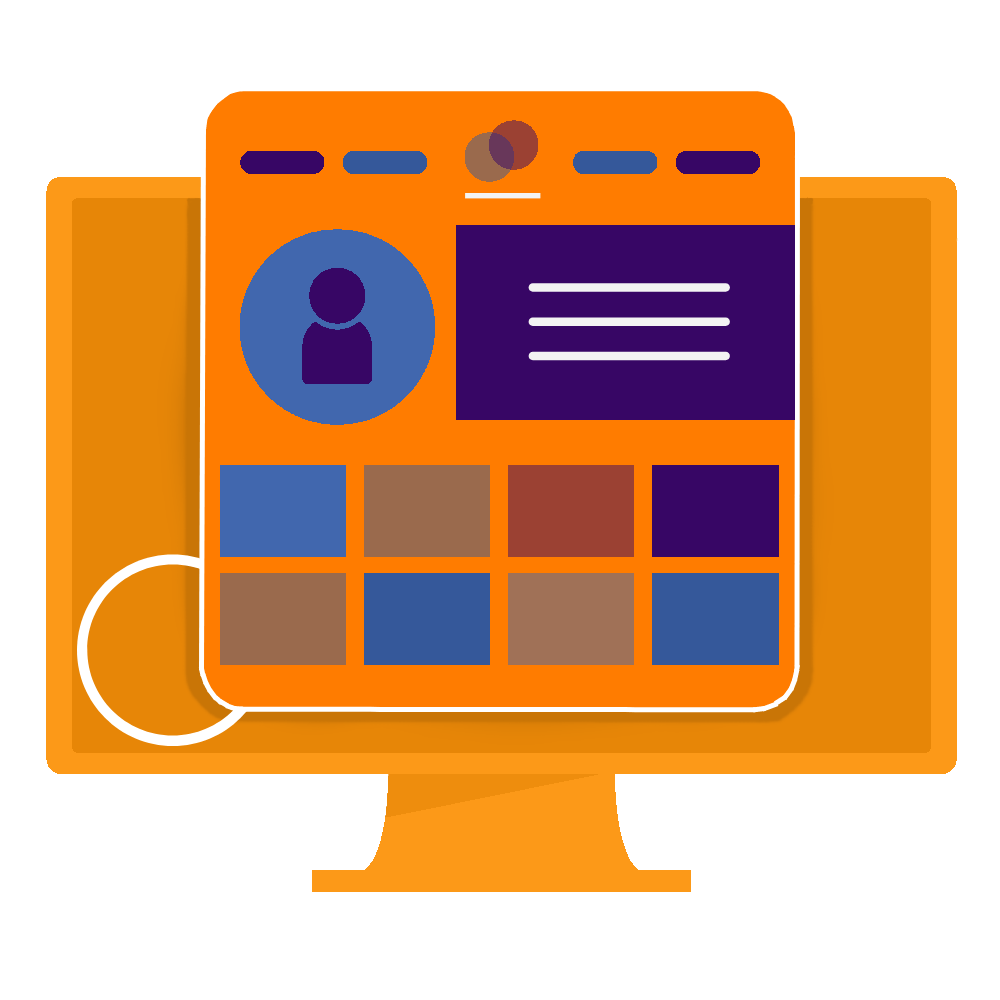The Foundation: Ideas and Concepts
Every great software starts with an idea. This initial concept is akin to the corner piece of a puzzle; it provides a sense of direction and purpose. At Develop2000, we believe in thoroughly understanding our clients' visions and translating them into actionable plans.
This stage involves brainstorming sessions, market research, and feasibility studies to ensure that the idea is not only innovative but also viable in the current digital landscape.
Assembling the Core Features
Once we have a clear idea, the next step is to identify the core features that will form the backbone of the software. This is where the building blocks begin to take shape. Much like selecting the right LEGO pieces for your creation, we prioritize essential functionalities—those that will deliver the most value to users. This involves designing user interfaces, establishing workflows, and integrating key technologies that align with the project’s goals.
Iterative Development: Piece by Piece
Software development is rarely a linear process. Instead, it often resembles a LEGO set with multiple sections that can be constructed simultaneously. We adopt agile methodologies that allow for iterative development, where features are built, tested, and refined in cycles. This approach not only enhances flexibility but also ensures that any changes or improvements can be easily integrated without disrupting the entire project. Each iteration adds a new piece to the puzzle, gradually revealing the complete picture.
Quality Assurance: Fine-Tuning the Puzzle
As we assemble the software, quality assurance becomes critical. This stage is comparable to checking that each puzzle piece fits perfectly before finalizing the image. Rigorous testing—encompassing functionality, usability, and performance—is essential to identify and resolve any issues early on. This meticulous attention to detail not only improves the software's reliability but also enhances overall user satisfaction, contributing to long-term success and margin growth.
Launch and Beyond: Completing the Picture
Once the software is fully assembled and tested, it’s time for launch. However, the journey doesn’t end there. Much like completing a puzzle, the satisfaction of seeing the finished product is just the beginning. Post-launch support, user feedback, and ongoing updates are vital for ensuring that the software remains relevant and effective. This continual evolution allows us to adapt to changing market demands and user expectations, ultimately driving further growth in margin.
Conclusion: Building for the Future
The growth of margin in software development is a multifaceted process that requires careful planning, execution, and adaptation. By viewing our projects as intricate puzzles or LEGO creations, we can approach each stage with creativity and precision. At Develop2000, we are dedicated to transforming ideas into robust software solutions, piece by piece, ensuring that our clients achieve not just their immediate goals but also sustainable growth for the future.








